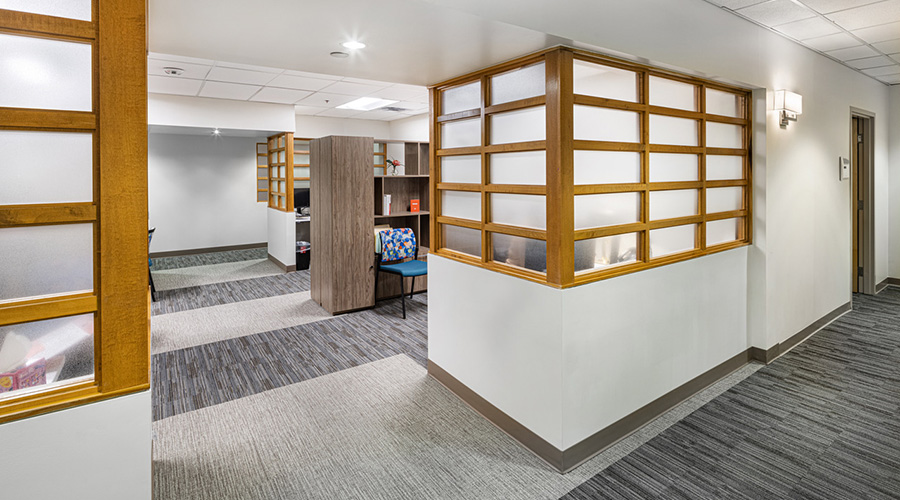Lexington Medical Center is a 438-bed hospital in West Columbia, South Carolina. It anchors a health care network that includes three community medical centers, two primary care centers, the largest skilled nursing facility in the Carolinas, an Alzheimer’s care center and more than 70 physician practices. The hospital employs more than 6,500 health care professionals and has cardiovascular and oncology care affiliated with Duke Health. It operates one of the busiest Emergency departments in South Carolina, treating approximately 85,000 patients each year, and it is one of the busiest surgical hospitals in the state, performing more than 20,000 surgeries last year.
The need to expand the footprint of its West Columbia campus was evident with population growth in the region and, at 545,000 square feet, the three-year project was the largest hospital expansion in South Carolina history. With this significant expansion, Lexington Medical Center would meet the health care needs of its community for years to come. Added to the campus was the new patient care tower, surface parking, a four-story, 950-space parking garage and a 63,000-square-foot central utility building.
This project demonstrates how Hubbell Lighting meets the challenges of complex health care environments with innovative solutions that provide leading performance, architectural appearance and rugged durability. By utilizing experienced engineering, robust testing and the latest manufacturing techniques, the portfolio of products Hubbell can offer appeals to the needs of the varied stakeholders – patients, healthcare staff, facility management and contractors.
In this application, the suite of products from Hubbell Lighting contribute to Lexington Medical Center’s ability to meet the lighting standards and performance metrics dictated for specific areas, including the Recommended Practice (RP-29) Lighting for Hospitals and Healthcare Facilities. Besides addressing light levels, the team evaluated lighting standards related to components affecting the quality of light, such as color rendering index (CRI), correlated color temperature, and kelvin temperature.
It was all done by meeting the need for “design consistency” in specific areas as mandated by the architect.
 Code Compliance Isn't Enough for Healthcare Resilience
Code Compliance Isn't Enough for Healthcare Resilience Ribbon Cutting Marks First Phase Completion for New Montefiore Einstein Facility
Ribbon Cutting Marks First Phase Completion for New Montefiore Einstein Facility Brooks Rehabilitation Launches 3 New Major Construction Projects
Brooks Rehabilitation Launches 3 New Major Construction Projects Joint Commission Standards: What Updates Matter Most?
Joint Commission Standards: What Updates Matter Most? Swinerton Completes Construction at Atlanta's Grady Hospital
Swinerton Completes Construction at Atlanta's Grady Hospital